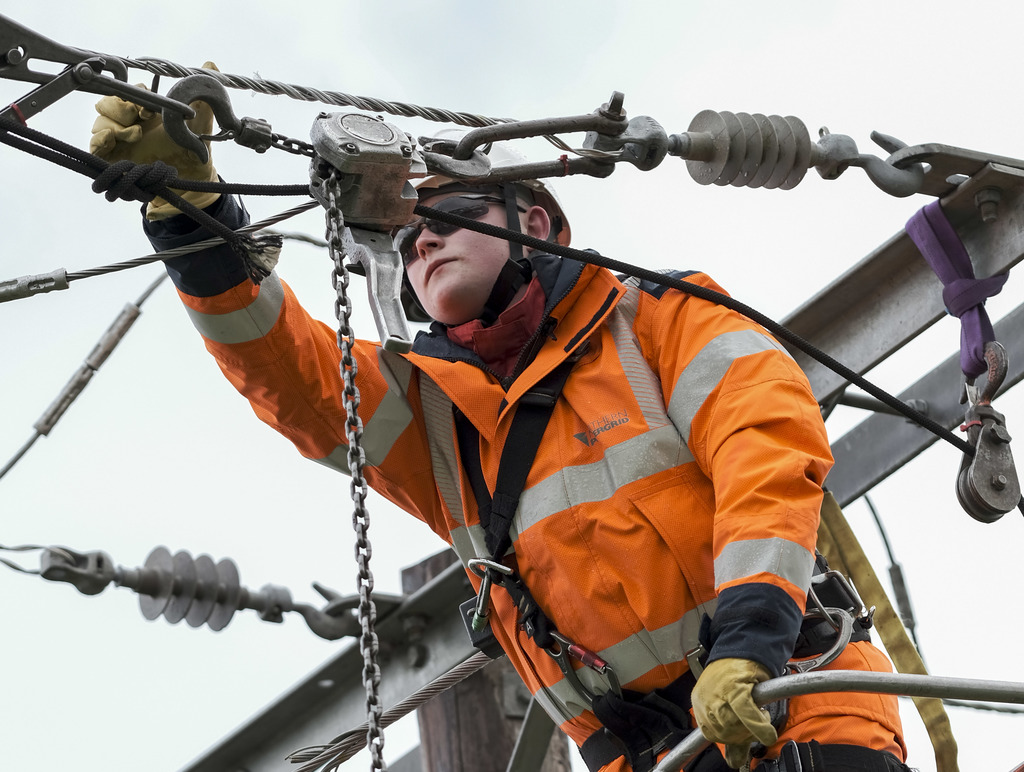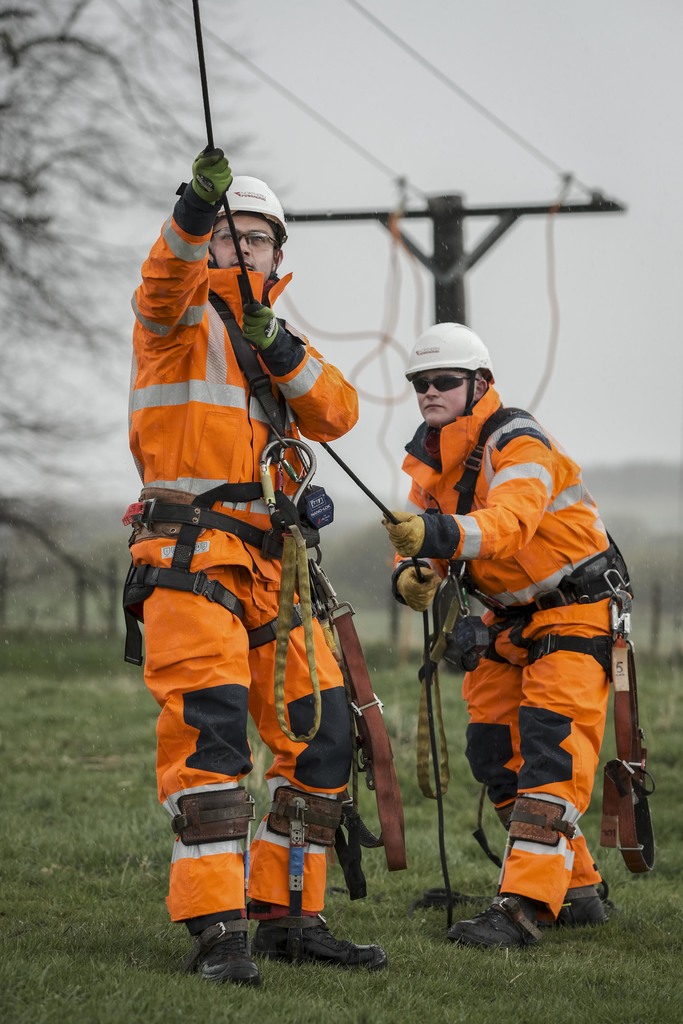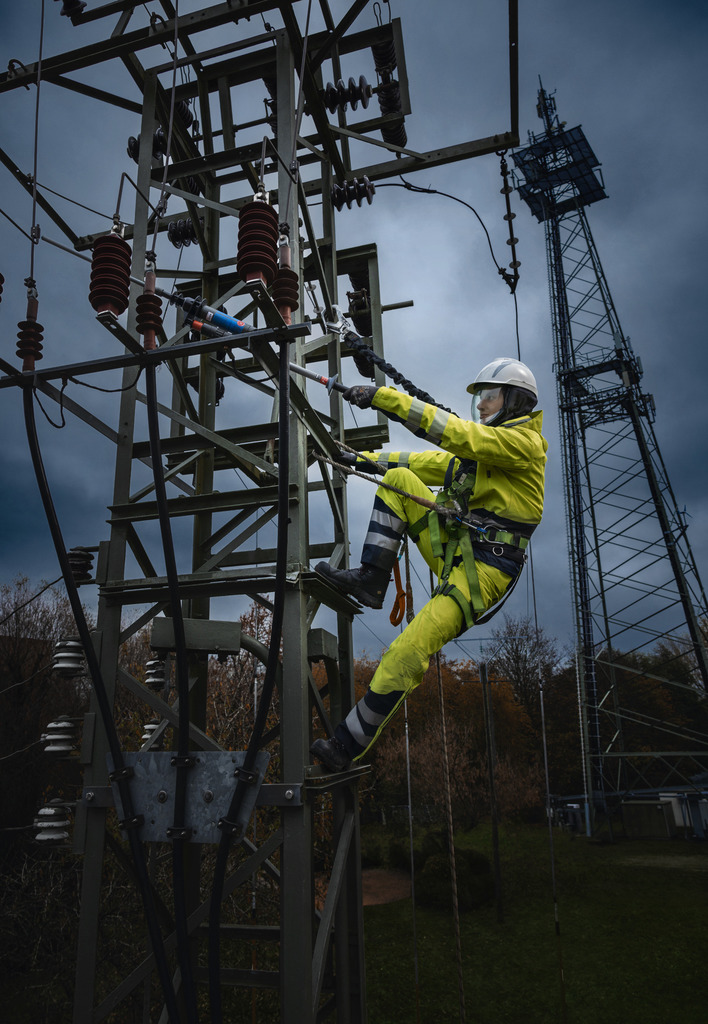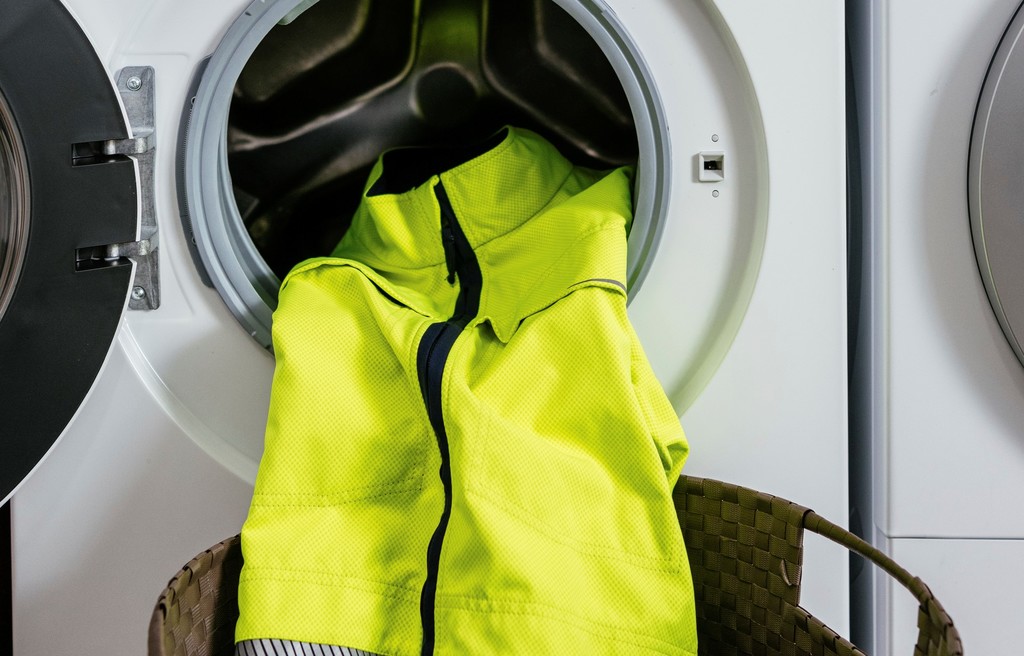
Kelly Rose
Editor

Kelly Rose
Editor
Understanding the importance of arc rated and weatherproof personal protection equipment (PPE) for electrical engineers and people in the power supply industry need not be a minefield. Here Jonas Andersson guides you through the important things to consider for end users exposed to the risk of an electric arc and the elements.
AN ELECTRIC arc - or arc discharge – is an electrical breakdown of a gas that produces a prolonged electrical discharge. This release of electrical energy through the air can result in extreme heat, sound, pressure or light that has the potential to cause severe injuries if the correct safety protection isn’t worn.
According to a discussion on the IOSH forum, an arc flash or discharge is not RIDDOR reportable unless it results in the stoppage of the plant involved for more than 24 hours or causes a significant risk of death1. While arc flash is a rare occurrence within any industry that repairs, manages or maintains electricity supply, electric arc safety PPE is vital for the protection of workers and is a legal requirement. In the past 30 years there have been massive strides and enhanced technological developments that have enabled the increased safety and protection of electrical workers and engineers. There is little doubt that today, workers appreciate the benefits of better, durable, lighter and robust multi-norm PPE garments than ever before.
Safety and testing values for arc rated PPE
It’s important to keep on top of the research, new product developments and new standards that continue to emerge in this ever-developing field for protecting engineers exposed to electrical hazards while carrying out their daily duties.
Within the UK and EU electric arc standards are subject to change and upgrades from time to time but this doesn’t need to be a source of confusion and doubt for employers who have a legal duty of care to their employees. As a starting point, employers must ensure that comprehensive risk assessments and the resulting PPE specifications are correct for each working scenario. After which, understanding the safety and testing values required for arc rated PPE makes sound sense.
Thermal Arc Protection IEC 61482-2
This is the basic requirement for PPE to comply to occupational health and safety legal standards in this sector and therefore Thermal Arc Protection IEC 61482-2 is of vital importance. It is the key standard that covers protective clothing against the thermal arc hazards of an electric arc. The IEC 61482-2 standard includes various aspects of garment design. Employers should only procure PPE which carries this level of arc flash protection.
In order for a garment to reach or exceed the requirements of this IEC standard it must pass one or ideally both test methods used for testing the clothing and material. These can be separated into EN 61482-1-1 which is also known as the Open Arc Test Method and EN61482-1-2 known as the Box Test Method.
EN IEC 61482-1-1 Open Arc Test Method
The Open Arc Test is a method for determining the Arc Thermal Protection Value (ATPV) of a garment, based on the Stoll Curve, this is a graph that shows the point at which greater protection should be provided in order to avoid injuries due to heat energy transfer levels. The ATPV shows how much thermal energy any arc flash PPE can withstand to avoid the wearer getting second-degree burns. Thus, the Open Arc Test produces an arc rating.
ATPV/EBT Rating
The term EBT stands for Energy Breakopen Threshold. ATPV/ EBT rating is a measurement of a fabric’s ability to protect an individual from a burn due to exposure to incident energy resulting from an arc flash. This thermal resistance rating is measured in calories per square centimetre.
Arc Ratings are calculated using at least 20 data points and a logistic regression to determine the incident energy level of a 50% probability that there is enough heat transfer to cross the Stoll Curve (ATPV), or for the material to break open and create exposure, called EBT rating. The higher the numerical rating/value, the higher the level of protection.
ELIM Value
ELIM means Incident Energy Limit Value and was added to the 2019 revision of the EN IEC 61482-1-1 Open Arc Test standard. The ELIM value determines the protective capabilities of materials and also clothing against the hazards of an arc flash. It is a conservative calculation which is defined as the numerical value of incident energy attributed to a product, below which, all product responses are below the Stoll curve and without break open. The ELIM is calculated as the average the three highest incident energy data points just below what is called the mix zone.
EN 61482-1-2 Box Test Method
This method of testing uses electrodes arranged in a particular order in a box to produce a directed and constrained electrical arc. This type of testing does not produce an arc rating per se but determines the Class Rating of specific materials or garments. Protective wear passing this test will be rated Class 1 or Class 2. The Box Test standard defines two testing conditions, Class 1 and Class 2, according to different arc incident energy levels.
Box Test Class 1 tests at an arc current of 4kA and a duration of 500ms. This classification is given when clothing material and material pass the test of lower level of simulated arc exposure which is carried out in laboratory conditions. PPE at this level is the basic requirement and affords a lower level of protection to end users.
Box Test Class 2, a higher test than Class 1, tests at an arc current of 7kA and a duration of 500ms, so PPE at this level is more secure. Class 2 is attributed to clothing material and clothing when both pass the performance criteria in laboratory conditions at the higher level of arc exposure. Today, innovations are being made in regard to providing Class 2 PPE which protects against arc flash, heat and fire but which is also very lightweight, breathable and comfortable to wear, such as PYRAD fabric technology.
Wash and care
Safety garments worn daily get dirty and workers will sweat during work, so it’s important that the PPE is washed to restore its performance. Before procurement, its good idea that employers check with manufactures or suppliers that products have been tested in laboratory conditions to ensure PPE has been approved by notified bodies to be durable and to withstand multiple wash and care cycles. Its recommended that for heavily soiled protective clothing chemical cleaning by specialists is carried out and this is particularly effective for non-water-soluble soiling such as oil, grease, or bitumen. In the case of GORE PYRAD products, the laminates, as well as garments are proven to easily withstand over 30 industrial laundry/dry cycles at a washing temperature of 60°C.
Sustainability and environment
The best way of achieving a sustainable approach and reducing environmental impact in the safety garment sector is the procurement and use of durable products designed for longevity. According to the life cycle assessment, the longer clothing and footwear products are in use, the lower the environmental footprint will be.
Add to this, companies throughout the supply chain, from sourcing raw materials to retail selling, are eliminating or reducing the use of potentially harmful materials, to protect humans and the environment. New PYRAD WINDSTOPPER technology by GORE-TEX LABS, for example, is manufactured using PFC-free DWR (durable water repellency) and due to the use of 100% recycled polyester in the outer fabric plus a liner made from a carefully selected blend of fibres, the technology has a low environmental footprint, as measured by the MSI Higgs Index.
It’s advisable to check environmental programs of manufacturers and suppliers when sourcing any type of PPE. Look for ISO standardised method for environmental assessment of products and services including ISO 14001 or Life Cycle Assessment - LCA – ISO 14040 but also adherence to standards such as Standard 100 by OEKO-TEX.
Wearer satisfaction levels
Engaging your workforce in the process of PPE selection is sound advice as they will be wearing the safety garments in real working conditions. Lightweight durable arc rated garments that offer weather proof protection, breathability and comfort will result in high satisfaction levels for the end user. When a garment is comfortable to wear it will be worn correctly and ensure the end-user is happy, safe and protected, to work more productively.
Reference
1 https://forum.iosh.co.uk/posts/m729816-Is-an-arc-flash-RIDDOR-reportable
Jonas Andersson is professional sales associate at GORE-TEX. For more information, visit www.goretexprofessional.com/uk




W L Gore & Associates (UK) Limited
Simpson Parkway
Kirkton Campus
Livingston
EH54 7BH
UNITED KINGDOM
01506 460123